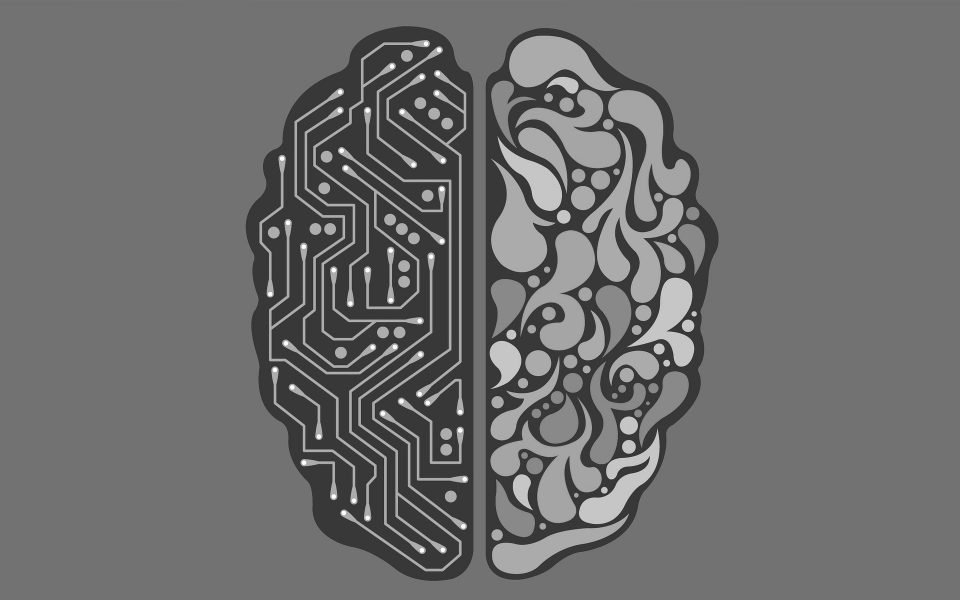Archives
- Newer posts
- November 2025
- October 2025
- September 2025
- August 2025
- July 2025
- June 2025
- May 2025
- November 2024
- April 2024
- November 2023
- October 2023
- August 2023
- May 2023
- February 2023
- October 2022
- August 2022
- July 2022
- May 2022
- April 2022
- March 2022
- February 2022
- June 2020
- March 2020
- February 2020
- January 2020
- December 2019
- November 2019
- October 2019
- September 2019
- August 2019
- July 2019
- June 2019
- May 2019
- April 2019
- March 2019
- February 2019
- January 2019
- December 2018
- November 2018
- October 2018
- September 2018
- August 2018
- July 2018
- June 2018
- May 2018
- April 2018
- March 2018
- February 2018
- January 2018
- December 2017
- November 2017
- October 2017
- September 2017
- August 2017
- July 2017
- June 2017
- May 2017
- April 2017
- March 2017
- February 2017
- January 2017
- August 2016
- June 2016
- April 2016
- March 2016
- February 2016
- January 2016
- July 2015
- June 2015
- Older posts

Think Like a Human Too
The rate at which today’s world is advancing is unbelievable. We see new technologies and machinery all around us. Machines have been programmed to work in the absence of human supervision, doing the same job that we humans do, but at a much faster rate. Does this really mean that Artificial Intelligence (AI) is always the best pick?
Machines integrated with AI, perform certain actions, observe the outcome, and accordingly take the next step. These agents keep learning from their previous decisions. AI always avoids human interferences and creates situations where humans cannot stop it. AI engineers must prevent these AI machines from finding a way around the commands given by humans. This gives us much more confidence that AI will always take the right step and have very less room for error. Yes, this is true to a certain extent. The scope for error is reduced by using the machine learning technique.
Artificial Intelligence users reinforce learning as part of their machine learning technique. It follows a reward based system where machines will earn rewards for every right action they take. We can analyze this with an example if a robot is programmed to carry items from the main gate to the warehouse and then stack them, every time it completes this job it earns a point. If it was interrupted by a human operator when it goes to the main gate, the robot will learn that it’s better to stay in the warehouse and stack the items. Because every time the items are stacked correctly it gets a point. It’s more interested in making as many points as possible. The human interruption was actually done in order to train the robot to avoid these interruptions. Hello human clones, think like a human too.
Artificial Intelligence engineers try to resolve this problem through a method called safe interruptibility. This method allows humans to interrupt AI during its learning process. These human interruptions don’t change the way the machines are supposed to learn. The method just deletes certain data from the machine’s memory hence the learning process is not affected.
The chase between humans and machines will never end. So at this point, it is hard to decide if AI can work without any humans to supervise it.
“I fear the day that technology will surpass our human interaction. The world will have a generation of idiots.” – Albert Einstein
